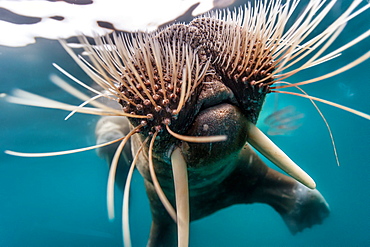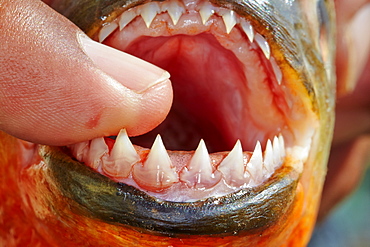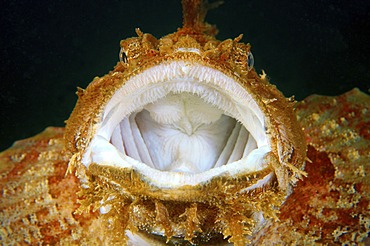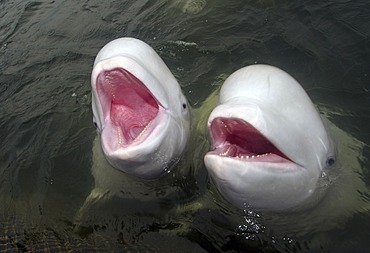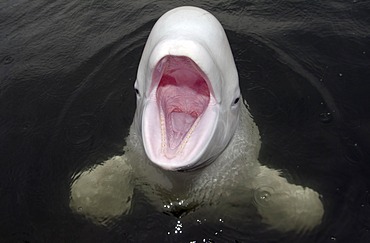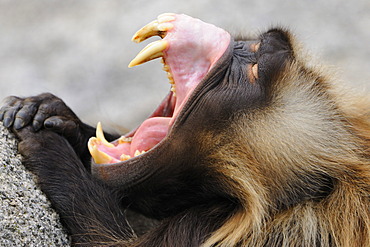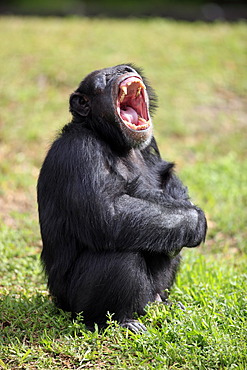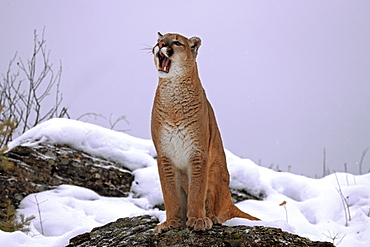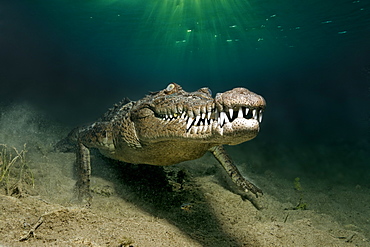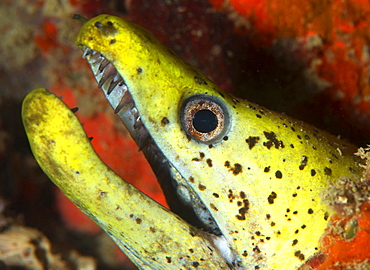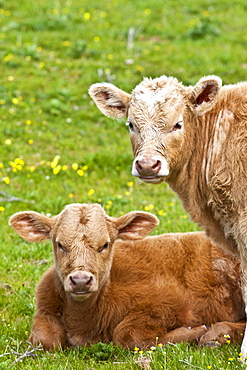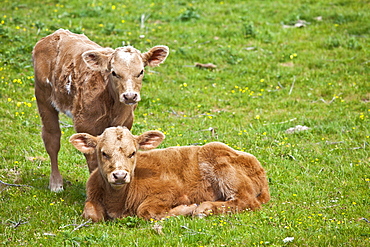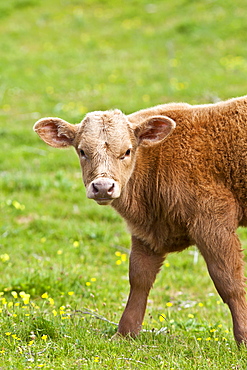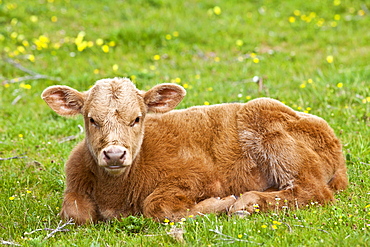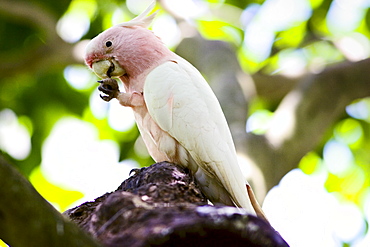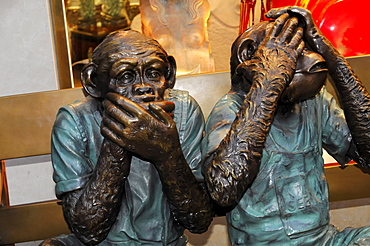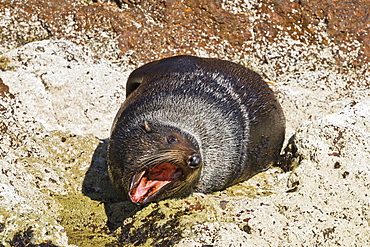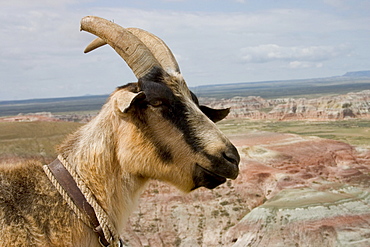Recent searches
Loading...
860-285671 - Portrait of Walrus swimming underwater, Arctic Ocean
860-285204 - Whale Shark sifting plankton with Remora -Gulf of California
860-285203 - Mouth of a Whale Shark sifting plankton, Gulf of California
860-286128 - Red-bellied Piranha teeth, Rio Ipixuna Brazil Amazon
1174-3550 - A Vietnamese pot bellied pig in an open field, with its mouth open, and tongue out, Gloucestershire, England, United Kingdom
1178-12299 - Close up of lion holding carcass in mouth
1178-12400 - Leopard drinking, Greater Kruger National Park, South Africa
1178-12345 - Male lion drinking, Greater Kruger National Park, South Africa
741-4907 - Hippopotamus (Hippopotamus amphibius), Khwai Concession, Okavango Delta, Botswana, Africa
741-4904 - Hippopotamus (Hippopotamus amphibius), Khwai Concession, Okavango Delta, Botswana, Africa
797-11327 - Animals, Mammals, Deer, Red deer Cervus elaphus Female standing at edge of woodland feeding with grass in mouth Tatton Cheshire England UK.
743-1261 - Mute swans (Cygnus olor) on seashore at freshwater stream mouth, Arran, Scotland, United Kingdom, Europe
934-717 - Large Nassau grouper, Bahamas, West Indies, Central America
934-699 - Nassau grouper, Bahamas, West Indies, Central America
832-368112 - Nile Crocodile (Crocodylus niloticus), teeth, native to Africa, in captivity, Germany, Europe
832-375029 - Sea Raven (Hemitripterus villosus), Japan Sea, Far East, Primorsky Krai, Russian Federation
832-375047 - Two Beluga whales (Delphinapterus leucas), Japan Sea, Primorsky Krai, Russian Federation, Far East
832-375046 - Beluga whale (Delphinapterus leucas), Japan Sea, Primorsky Krai, Russian Federation, Far East
832-374390 - Gelada Baboon (Theropithecus gelada) with its mouth wide open, Stuttgart, Baden-Wuerttemberg, Germany, Europe
832-374019 - Chimpanzee (Pan troglodytes troglodytes), male, yawning, captive, Florida, USA
832-374010 - Cougar or Puma (Puma concolor, Felis concolor), adult, with mouth open, snow, Montana, USA
832-372275 - American crocodile (Crocodylus acutus), underwater, head-on, underwater on sandy bottom, Head, mouth, set of teeth, Republic of Cuba, Caribbean Sea, Central America
832-367329 - Red Fox (Vulpes vulpes), female standing on the edge of a forest, with an open mouth, Neunkirchen, Siegerland district, North Rhine-Westphalia, Germany, Europe
83-12736 - Crab-eating (long-tailed) macaque monkey with baby by a river mouth in the national park at Pangandaran, Java, Indonesia, Southeast Asia, Asia
465-3254 - Buccal cavity (mouth) and tentacles of Humboldt (Jumbo) squid (Dosidicus gigas), Gulf of California, Baja California, Mexico, North America
465-3249 - Whale shark (Rhincodon typus) feeding at the surface on zooplankton, mouth open, known as ram feeding, Yum Balam Marine Protected Area, Quintana Roo, Mexico, North America
465-3244 - Scientist and whale shark (Rhincodon typus) feeding at the surface on zooplankton, mouth open, known as ram feeding, Yum Balam Marine Protected Area, Quintana Roo, Mexico, North America
465-3187 - Dominant male proboscis monkey (Nasalis larvatus) has a pendulous nose that covers the mouth and is attractive to females, Labuk Bay Proboscis Monkey Sanctuary, Sabah, Borneo, Malaysia, Southeast Asia, Asia
465-3196 - The yellow moray eel (Gymnothorax melatremus) living in an artificial reef under an oil rig near Mabul Island, Celebes Sea, Sabah, Malaysia, Southeast Asia, Asia
465-3195 - Stonefish (Synanceia verrucosa) is extremely venomous, Celebes Sea, Sabah, Malaysia, Southeast Asia, Asia
465-3188 - Dominant male proboscis monkey (Nasalis larvatus) has a pendulous nose that covers the mouth and is attractive to females, Labuk Bay Proboscis Monkey Sanctuary, Sabah, Borneo, Malaysia, Southeast Asia, Asia
465-3204 - Giant Frogfish (Antennarius commersonii) can grow to 30 cm and is commonly encountered by divers, Celebes Sea, Sabah, Malaysia, Southeast Asia, Asia
465-3186 - Dominant male proboscis monkey (Nasalis larvatus) has a pendulous nose that covers the mouth and is attractive to females, Labuk Bay Proboscis Monkey Sanctuary, Sabah, Borneo, Malaysia, Southeast Asia, Asia
1161-6704 - Young brown calves in buttercup meadow, County Clare, West of Ireland
1161-6705 - Young brown calves in buttercup meadow, County Clare, West of Ireland
1161-6701 - Young brown calf in buttercup meadow, County Clare, West of Ireland
1161-5994 - Stockfish cod drying on traditional racks, hjell, in the Arctic Circle on the island of Ringvassoya in region of Tromso, Northern Norway
1161-5986 - Stockfish cod drying on traditional racks, hjell, in the Arctic Circle on the island of Ringvassoya in region of Tromso, Northern Norway
1161-6713 - Horse fair in market square in Kilrush, Co. Clare, Ireland. Traditional for locals and travellers to trade horses and donkeys
1161-5992 - Stockfish cod drying on traditional racks, hjell, in the Arctic Circle on the island of Ringvassoya in region of Tromso, Northern Norway
1161-6703 - Young brown calf in buttercup meadow, County Clare, West of Ireland
1161-5993 - Stockfish cod drying on traditional racks, hjell, in the Arctic Circle on the island of Ringvassoya in region of Tromso, Northern Norway
1161-5995 - Stockfish cod drying on traditional racks, hjell, in the Arctic Circle on the island of Ringvassoya in region of Tromso, Northern Norway
1161-6747 - Herd of cattle with calves near Doonbeg, County Clare, West of Ireland
1161-4835 - Female Bengal tiger, Panthera tigris tigris, in Ranthambore National Park, Rajasthan, India
1161-1555 - Major Mitchell Cockatoo perched on branch, Queensland, Australia
1161-2206 - Dutch warmblood horse, Oxfordshire, England
1161-2205 - Dutch warmblood horse, Oxfordshire, England
1161-3051 - Horse being fed an apple, Oxfordshire, United Kingdom.
1161-1813 - 10 year-old Border Terrier dog, Jess, sitting in the sunshine in a country garden, England
1161-1424 - Antilopine Wallaroo, Queensland , Australia
1161-192 - Elephant calf feeding with its mother in Serengeti, Tanzania
1161-288 - Adult giraffe and calf feeding in Grumeti, Tanzania
1161-150 - Elephant feeding in Ngorongoro Crater, Tanzania
1161-1093 - Man looking after baby elephants at an elephant orphanage near Kandy in Sri Lanka
1161-102 - Zanzibar Red Colobus monkey, one of Africa's rarest primates
1161-191 - Elephant calf feeding with its mother in Serengeti, Tanzania
1161-353 - Jess, border terrier dog, a British breed from the borders between England and Scotland
1161-100 - Zanzibar Red Colobus monkey, one of Africa's rarest primates
869-1459 - lemon shark shark swimming under water over sandy ground underside of head visible mouth open showing teeth horizontal format underwater shot lemon sharks Bahamas Central America America Atlantic Ocean Bahamas Central America America Atlantic Ocean
817-426335 - Beeches The lions mouth Felbrigg Norfolk UK in snow
817-426347 - Fishing Boat Brancaster harbour mouth North Norfolk UK Winter
832-112152 - Horse's mouth, Leonhardi procession, Bad Toelz, Isarwinkel, Upper Bavaria, Bavaria, Germany, Europe
832-100240 - Monkey figures, symbols, Chinatown, San Francisco, California, USA, North America
1113-92906 - Skin diver strokes Sperm Whale, Physeter macrocephalus, Caribbean Sea, Dominica, Leeward Antilles, Lesser Antilles, Antilles, Carribean, West Indies, Central America, North America
1113-92907 - Sperm Whale and Skin diver, Physeter macrocephalus, Caribbean Sea, Dominica, Leeward Antilles, Lesser Antilles, Antilles, Carribean, West Indies, Central America, North America
1113-92918 - Sperm Whale, Physeter macrocephalus, Caribbean Sea, Dominica, Leeward Antilles, Lesser Antilles, Antilles, Carribean, West Indies, Central America, North America
1113-92925 - Sperm Whale, Physeter macrocephalus, Caribbean Sea, Dominica, Leeward Antilles, Lesser Antilles, Antilles, Carribean, West Indies, Central America, North America
1113-92923 - Sperm Whale, Physeter macrocephalus, Caribbean Sea, Dominica, Leeward Antilles, Lesser Antilles, Antilles, Carribean, West Indies, Central America, North America
817-416552 - Cheetah, acinonyx jubatus, Adult wit Tourists Cap in its Mouth, Masai Mara Park in Kenya
1113-84105 - Great White Shark, Carcharodon carcharias, Mexico, Pacific ocean, Guadalupe
1113-61224 - Estuarine crocodile, saltwater crocodile in the wild, the largest reptile, close-up, Top End, Northern Territory, Australia
1113-61225 - Estuarine crocodile, saltwater crocodile in the wild, the largest reptile, close-up, Northern Territory, Australia
1113-58293 - Snarling leopard, big cat, Mammal, Africa
1113-36774 - Douglas Squirrel, Tamiasciurus douglasii, with a cone in its mouth, Olympic Nationalpark, Washington, USA
817-410339 - Olive baboon, Papio Anubis, Olive baboons are widespread throughout equatorial Africa and are found in 25 countries. From the west coast of Africa moving eastward. In the picture there is a mother with a juvenile, the mother is eating some grass and the s. Olive baboon, Papio Anubis, Olive baboons are widespread throughout equatorial Africa and are found in 25 countries. From the west coast of Africa moving eastward. In the picture there is a mother with a juvenile, the mother is eating some grass and the small one is in its back. In Uganda, olive baboons live in open woodland bordered by savannah and in evergreen tropical forests At Queen Elizabeth National Park, situated in Uganda, near the border of Democratic Republic of Congo, the habitat is characterized by dense forest, coarse wet grass, short grass and open grassland. Olive baboons consume a wide variety of foods and they can adapt to very different kind of habitats, from desert to mountain forest because they have many different strategies and habilities to extract food and nutrients. Baboons are omnivores and consume a huge variety of vegetables, insects, birds, eggs, and vertebrates including other primates. The Olive Baboon is one of the largest baboons, with the males being larger than the females. Their body length is 60, 86 cm, their tail length is 41, 58 cm and they weigh between 22 and 37 Kg. There is some geographical variation in average size. They have an olive green/grey coat that covers their bodies and a black face. The males have large canine teeth where as the teeth of females are much smaller. They move around on all four limbs. They live in troops of males and females that consist of between 20 and 50 members. The picture was taken in Ugande, in the Queen Elizabeth National Park, near the Kazinga channel., Uganda, Africa, East-africa
1112-270 - Guadalupe fur seal (Arctocephalus townsendi), Isla San Pedro Martir, Gulf of California (Sea of Cortez), Baja California, Mexico, North America
857-27195 - A pack goat surveys the view from a high vantage point in the Red Desert of Wyoming, May 26, 2004. Goat packing is a low impact environmentally friendly way to explore hard to reach locations such as Wyoming's Red Desert.
1103-318 - Star pufferfish (Arothron stellatus), Komodo, Indonesia, Southeast Asia, Asia
832-18707 - Nile Crocodile (Crocodylus niloticus), mouth wide open, on the bank of the Chobe River, Chobe National Park, Botswana, Africa
832-22248 - Hissing Snow leopard (Uncia uncia) in winter
832-17714 - Raccoon Dog (Nyctereutes procyonoides) with a fish in its mouth
1198-270 - Greylag goose (anser anser) close-up of head, honking, tongue out, oxfordshire, uk
1198-686 - Lion (panthera leo). Masaii mara, kenya, young male yawning in evening light.
1198-589 - Common Frog (Rana temporaria) resting at water surface, view of eyes and mouth, Oxfordshire, UK
1188-188 - Foot and mouth, uk. Se england, essex. Bulldozers lifting corpses of foot and mouth disease infected cows, slaughtered at a farm in essex. March 2001
1198-388 - Pink-backed pelican (pelecanus rufescens) native of africa and middle east (captive bristol zoo)
1198-797 - Nile crocodile (crocodylus niloticus) shire river, malawi, close-up of head.
1198-530 - Golden eagle (aquila chrysaetos) portrait, scotland, captive
